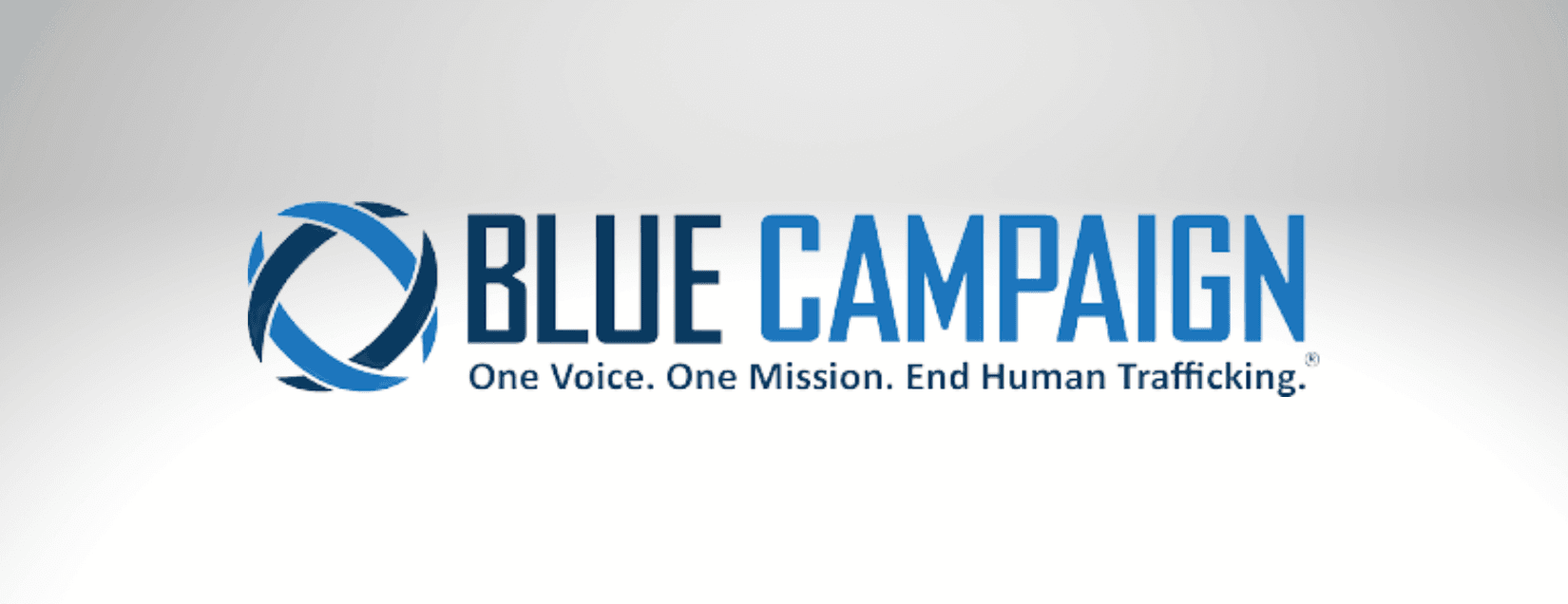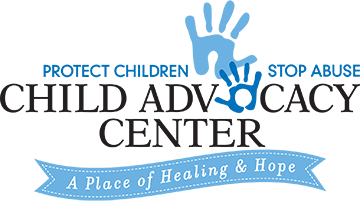
January is seen as the month of new beginnings. We start a new year. Some may decide to set some ‘new’ year resolutions or goals. Honestly, we all probably have some way determined we want a fresh ‘new’ start. This could be found in a variety of ways—health, weight loss, organizational skills, self-care and the list goes on.
Since 2010, January has been recognized as Human Trafficking Awareness Month. We acknowledge those who are in the bondage of being trafficked now as well as, those who have escaped the bondage of this modern day slavery. Traffickers profit hundreds of billions of dollars each year through those who are be held bondage all over the world. Traffickers use a variety of means to enslave boys and girls, men and women such as violence, deception, threats and other forms of deception to lure and control their victims. The trauma brought on by the trafficker can be so strong that those being victimized may not recognize that this is happening to them.
Blue Campaign is a national public awareness platform that is run by Homeland Security. Their mission is to assist in helping to educate the public, law enforcement and others to appropriately respond to cases. Blue Campaign has two overall objectives which are to prevent human trafficking and to protect those who are being exploited.
Recognizing key indicators is the first step in identifying those who may be trafficked. Below is a list of indicators that Blue Campaign has identified:
- Does the person appear disconnected from family, friends, community organizations, or houses of worship?
- Has a child stopped attending school?
- Has the person had a sudden or dramatic change in behavior?
- Is a juvenile engaged in commercial sex acts?
- Is the person disoriented or confused, or showing signs of mental or physical abuse?
- Does the person have bruises in various stages of healing?
- Is the person fearful, timid, or submissive?
- Does the person show signs of having been denied food, water, sleep, or medical care?
- Is the person often in the company of someone to whom he or she defers? Or someone who seems to be in control of the situation, e.g., where they go or who they talk to?
- Does the person appear to be coached on what to say?
- Is the person living in unsuitable conditions?
- Does the person lack personal possessions and appear not to have a stable living situation?
- Does the person have freedom of movement? Can the person freely leave where they live? Are there unreasonable security measures?
It is important to note that all the indicators listed above are in each situation that is identified as a human trafficking case.
We all need to become aware of what to look for. If we want human trafficking to stop, we must Speak Up! Be Their Voice!
https://www.dhs.gov/blue-campaign
https://www.nctsn.org/resources/public-awareness/national-slavery-and-human-trafficking-prevention-month
